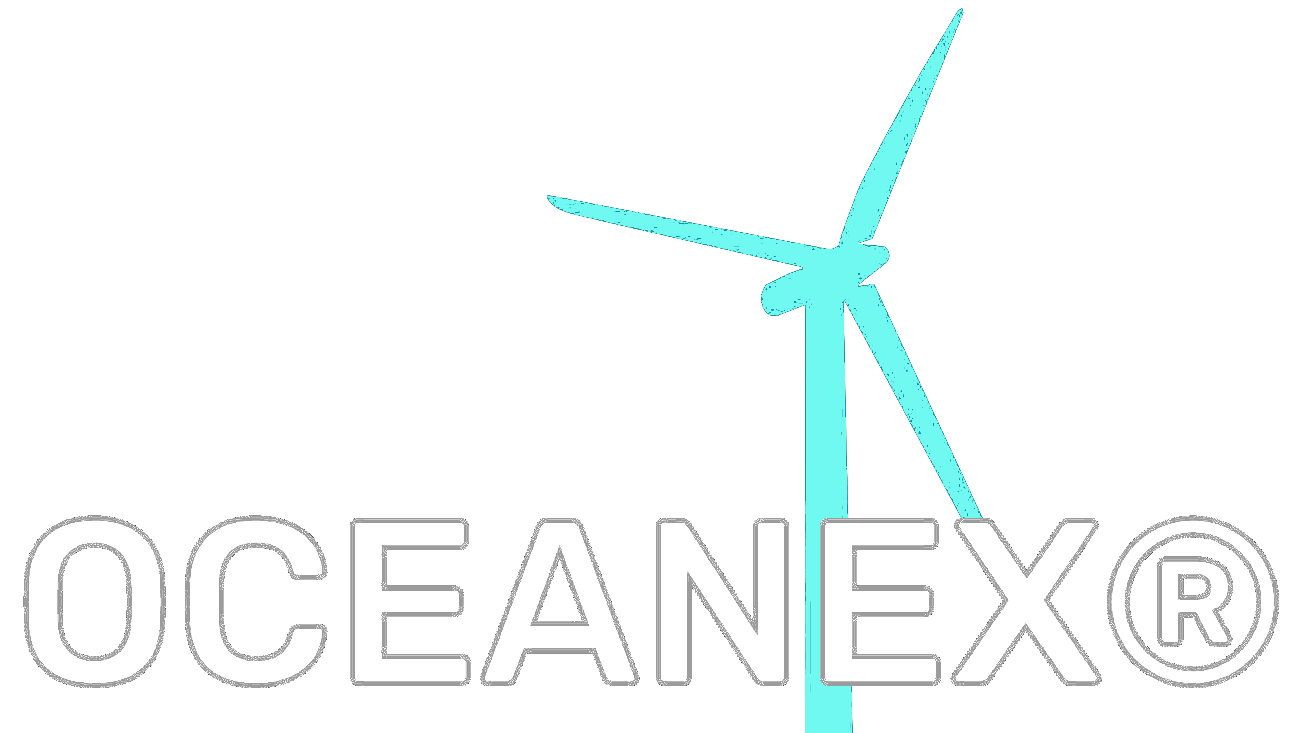
A floating foundation for offshore wind turbines is an innovative solution that has the potential to revolutionize the renewable energy sector. These foundations allow wind turbines to be placed in deeper water, where the wind is stronger and more consistent. This can greatly increase the energy output of offshore wind farms and make them a more viable option for countries with deep waters. In this article, we will delve into the benefits and challenges of using a floating foundation for offshore wind turbines, as well as the current state of the technology.
The Advantages of a Floating Foundation for Offshore Wind Turbines
One of the main benefits of a floating foundation for offshore wind turbines is the ability to access stronger and more consistent winds. Traditional offshore wind turbines are limited to shallow waters, as their foundations must be anchored to the sea floor. This means that they can only access the lower-speed winds found near the surface. A floating foundation, on the other hand, allows wind turbines to be placed in deeper waters where the wind is stronger and more consistent. This can significantly increase the energy output of an offshore wind farm and make it a more cost-effective option.
Another advantage of a floating foundation is the reduced environmental impact. Traditional offshore wind farms require the construction of large concrete or steel foundations, which can damage marine ecosystems and disrupt the natural flow of sediments. A floating foundation, on the other hand, has a much smaller footprint and can be removed or relocated if necessary. This makes it a more sustainable and environmentally friendly option for offshore wind energy.
Finally, a floating foundation for offshore wind turbines can also be a more cost-effective option in certain cases. The construction of traditional offshore wind farms can be expensive, especially in deeper waters where the foundations must be built to withstand the added pressure. A floating foundation, on the other hand, can be built and deployed more quickly and at a lower cost, making it a more attractive option for some developers.
The Challenges and Limitations of a Floating Foundation
Despite the many advantages of a floating foundation for offshore wind turbines, there are also several challenges and limitations that need to be considered. One of the main challenges is the added complexity of the design and construction process. A floating foundation must be able to withstand the forces of the wind, waves, and currents, as well as the weight of the wind turbine itself. This requires a more advanced and sophisticated design compared to a traditional foundation, which can increase the cost and risk of the project.
Another challenge is the need for more advanced mooring systems. A floating foundation must be anchored to the sea floor to prevent it from drifting, which requires the use of complex mooring systems. These systems can be costly and may require regular maintenance, which can add to the overall cost of the project.
Finally, there are also concerns about the long-term durability and reliability of a floating foundation. Traditional offshore wind turbines have a lifespan of around 20-25 years, and it is unclear if a floating foundation will be able to withstand the harsh marine environment for a similar period of time. This is an area that requires further research and testing to ensure the long-term viability of this technology.
The Current State of Floating Foundation Technology
Despite the challenges and limitations of a floating foundation for offshore wind turbines, the technology is rapidly advancing and becoming more widespread. Several countries, including Japan and France, have already deployed floating wind turbines and are seeing promising results. In the United States, the Department of Energy has also funded several projects to develop and test floating foundations, with the goal of increasing the deployment of offshore wind energy in the country.
One of the most notable examples of a floating foundation for offshore wind turbines is the Hywind Scotland project, which was developed by the Norwegian energy company Statoil. The project consists of five floating wind turbines located off the coast of Scotland, and has been operational since 2017. The project has been a success, with the turbines producing more energy than expected and demonstrating the viability of this technology.
Overall, a floating foundation for offshore wind turbines is a promising technology that has the potential to greatly increase the deployment of offshore wind energy. While there are challenges and limitations that need to be addressed, the technology is rapidly advancing and may become a critical component of the renewable energy mix in the future.

